This is the last installment of the Osaka Castle Tour. I guided you from the entrance of Osaka Castle to here. If you would like to look back on this tour again, please check my last three articles Part 1, Part 2, and Part 3, as linked here.
I hope you enjoy this tour of the main area of Osaka Castle.
Main Tower
This main tower in front of you has been built three times. Hideyoshi’s first work survived for 32 years but was burned down in the battle between the Toyotomi and Tokugawa families. Tokugawa’s side beat the Toyotomi, and Tokugawa Hidetada filled the ground and built a new main tower. Unfortunately, lightning hit the second main tower and burned it down. It’s said that the Toyotomi family cursed it. That second castle survived for 39 years. From then, that plot of land was empty for 266 years. The Osaka city mayor called on the citizens to reconstruct the main tower and collected donations in 1928. But the Japanese army was stationed there at that time. He negotiated with the army on constructing the main tower. The Army demanded he build an army headquarters. It took a lot of money to make their headquarters because it was built in a Western style, which was quite rare then, so civilian donations were mainly used for the army headquarters. Now that old headquarters is named Miraiza and was repurposed as a complex with facilities such as souvenir shops, restaurants, and wedding venues.
In 1931, the construction of the third main tower was financed by 30 to 40% of the donations and was modeled after the original main tower. Hideyoshi built the Main Tower to symbolize his authority and power as a watchtower and storehouse, not a residence. His extensive and gorgeous main tower had designs and paintings of tigers and cranes on the outer walls. The current main tower uses those unique designs which are unusual for a Japanese castle. It’s used as a historical museum now, and you can enjoy a panoramic view from the observation deck on the 8th floor. The current version, with the most longevity, is now 92 years old.

Time Capsules
At this place, two time capsules were buried when the World Expo was held in Osaka in 1970. At that time, the electronic home appliance company, Panasonic, took the lead and did the project about preserving our generation’s trace in the time capsules. Those time capsules are configured in two parts. The above part is expected to be opened every first year of the century. The first opening was done on March 15th, 2000, after one month of preparation. And the part below is expected to be opened 5000 years after. It will be in 6970.
In the capsules, there are scientific papers, music videos, movies, home appliances, world maps, messages from children, and a clock that can work for over 5000 years.
The reason why this location was chosen for burying the time capsules is that this place has a long history and hopefully will never be developed or reconstructed and will be preserved forever.
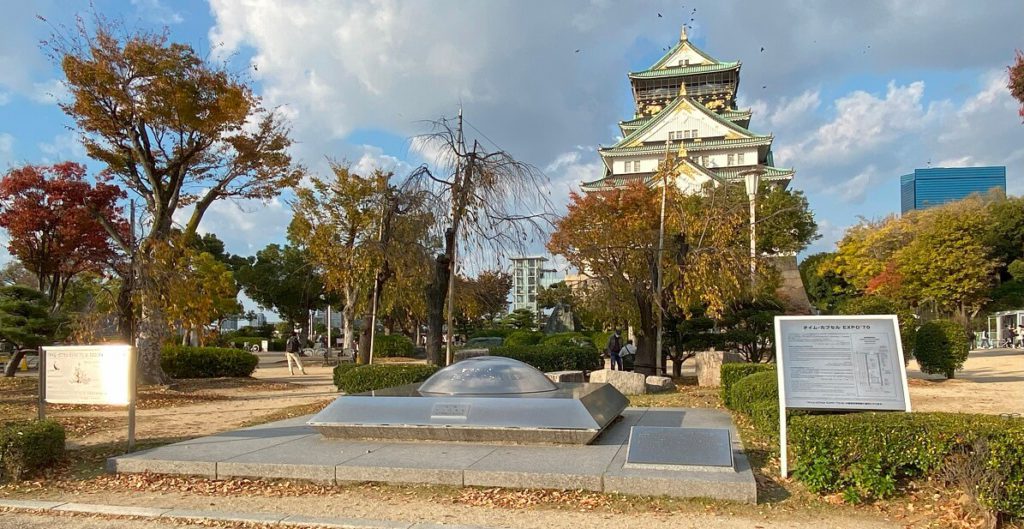
Japanese Garden
This is the most photogenic view of this castle. You can take pictures with the main tower in the background and the beautiful Japanese garden. And the reflection of the Main Tower and the stone lantern on the pond’s surface is breathtaking. This Japanese garden was created when the Main tower was rebuilt in 1931. Visitors enjoy the scenery of leaves changing colors depending on the season.
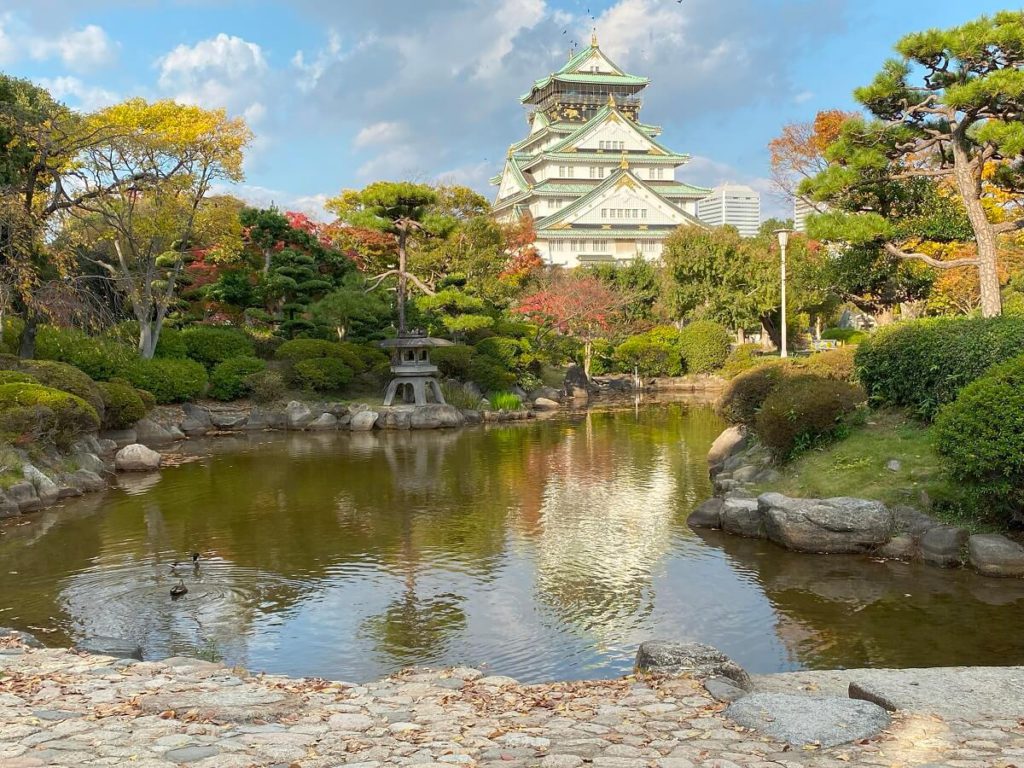
Gokurakubashi Bridge
This is the Gokurakubashi Bridge. Gokuraku means paradise. This place used to be a temple called Ishiyamahonganzi-temple before the Osaka Castle construction. Since there was a statue of Amida Nyorai in the temple, it was named “Gokurakubashi (Paradise Bridge)” as a bridge to the Paradise where Amida Nyorai, which is the highest Buddhist classification of Buddhist statues, resides.
The first castle bridge was built in 1596 by Toyotomi Hideyoshi in order to welcome the envoys from the Ming Emperor. He ordered the building of the luxurious roofed bridge at a high cost, shown in the below picture.
The second one was a roofless wooden bridge made by Tokugawa Ieyasu. Unfortunately that one was lost in a fire in the Battle of Boshin during the Meiji Restoration. (1868-1869)
The current Gokurakubashi Bridge was reconstructed using reinforced concrete in 1965. Though it may be disappointing, this one is entirely different from the original. You can still see one part of the original bridge roof at the Tikubuzima temple in Lake-Biwa in Shiga prefecture.
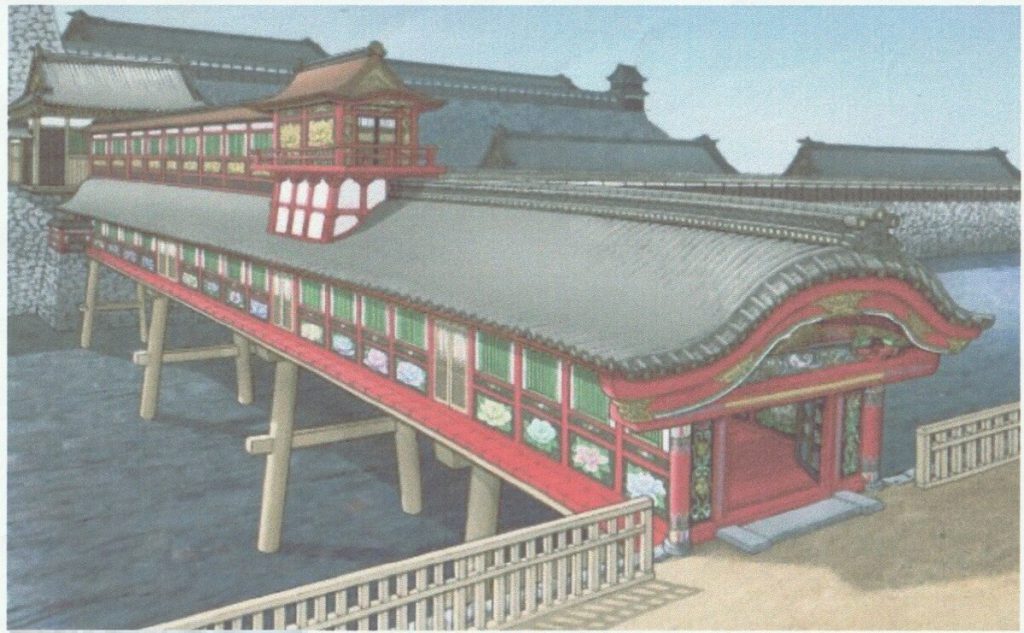

How was the Osaka Castle Tour? I hope this made you want to make a visit to the real Osaka Castle. Osaka is not only a city for foodies but a charming city with a modern vibe and history. Your itinerary is complete, with Osaka Castle as a landmark of Osaka. We’re waiting for you!
I live in Osaka. I’m a volunteer guide trainee. I want to take you to many good sightseeing spots when you visit Osaka!

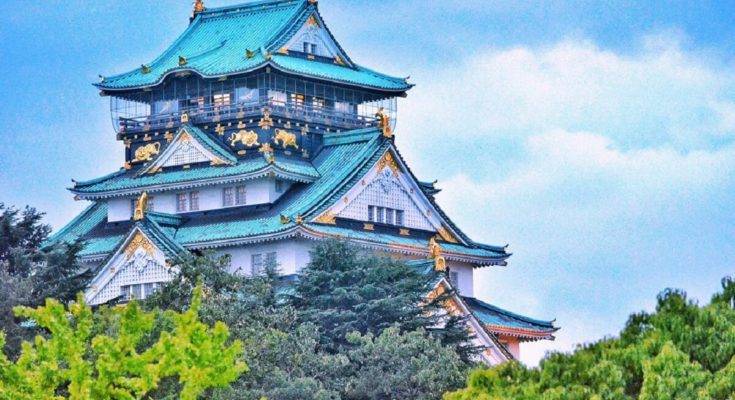
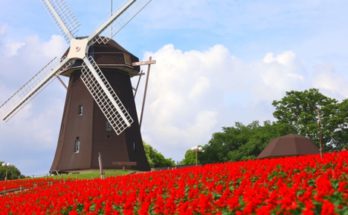

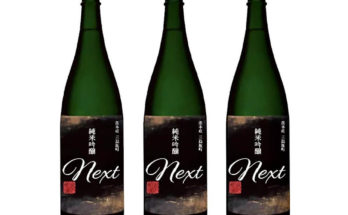
Hi, Toshie san!
Every time I read your article about Osaka castle, I miss my younger days.
I love the last picture of Gokurakubashi Bridge!
I didn’t know the first Gokurakubashi Bridge was so sacred, and the time capsule is very interesting, though even my kids won’t be able to know what has been kept in the part below unfortunately!
Akiko-san, thank you for taking your time and reading my articles. Yes! I’m also interested in the time capsules. But I didn’t know that the time capsules were buried in Osaka Castle before. I think it should be announced more openly.